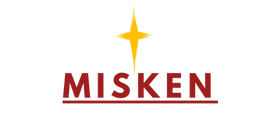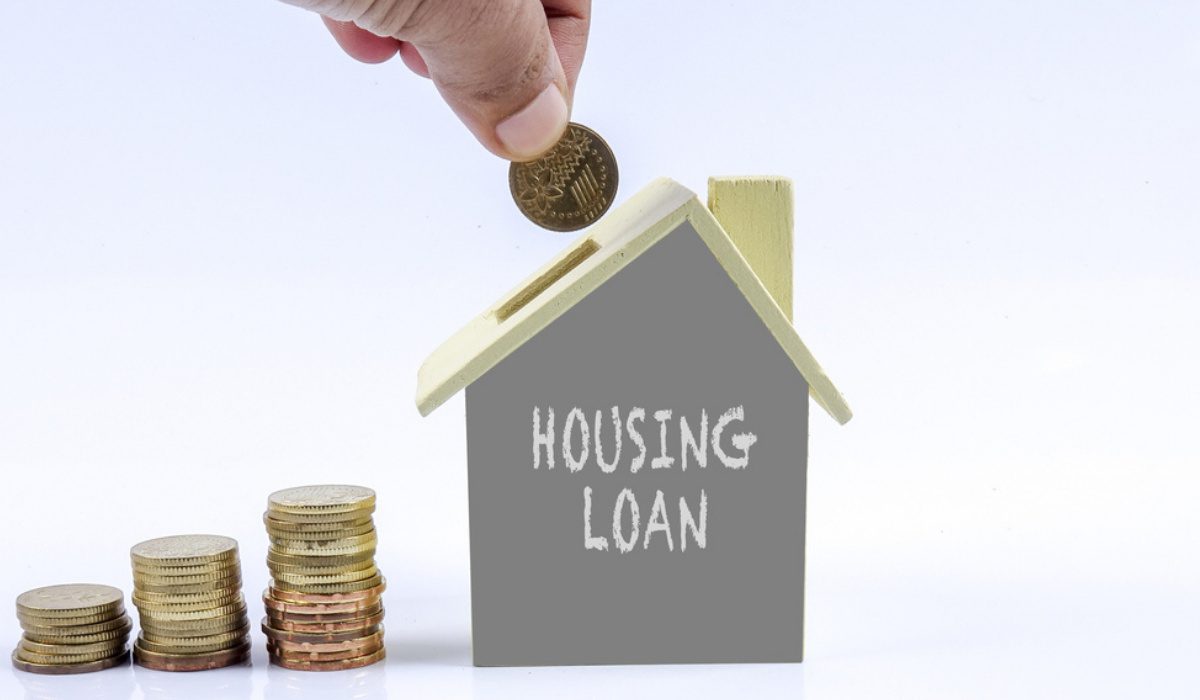Purchasing a home is one of the most significant financial decisions in a person’s life. For most people, it’s not just about finding a house that suits their lifestyle but also about securing a loan that will make this purchase feasible. Home loans, also known as mortgages, can be complex and come with various terms, rates, and conditions that can affect your financial future. Understanding how to choose the right home loan for your dream property is essential to ensure you are making a wise decision that aligns with your long-term financial goals.
This article will provide you with detailed insights on the various factors to consider when choosing the right home loan. From understanding different types of loans to evaluating interest rates, loan terms, and other essential factors, we’ll guide you step-by-step through the process of securing the perfect mortgage for your new home.
1. Understanding the Different Types of Home Loans
Before diving into the specifics of what to look for in a home loan, it’s important to understand the different types of home loans available. Each type has its own unique features, advantages, and disadvantages. Choosing the right type of home loan will depend on your financial situation, the type of property you wish to purchase, and your long-term goals.
a. Fixed-Rate Mortgages
A fixed-rate mortgage is the most common type of home loan. As the name suggests, the interest rate on this loan remains fixed for the entire loan term, meaning your monthly payments will stay the same throughout the life of the loan.
Advantages:
- Predictable monthly payments
- Protection against rising interest rates
Disadvantages:
- Typically higher initial interest rates compared to adjustable-rate mortgages
- Less flexibility if interest rates decrease
b. Adjustable-Rate Mortgages (ARMs)
An adjustable-rate mortgage (ARM) has an interest rate that changes over time based on market conditions. ARMs typically start with a lower interest rate compared to fixed-rate loans but can increase or decrease during the loan period.
Advantages:
- Lower initial interest rates
- Potential for lower payments if rates stay the same or decrease
Disadvantages:
- Uncertainty about future payments if rates increase
- The risk of higher payments after the initial period
c. Interest-Only Mortgages
An interest-only mortgage allows borrowers to pay only the interest for a certain period (usually 5-10 years) before starting to pay down the principal balance. This can result in lower monthly payments during the interest-only period.
Advantages:
- Lower initial payments
- Can be beneficial for those with irregular income
Disadvantages:
- After the interest-only period, payments increase significantly
- No equity is built during the interest-only phase
d. FHA Loans
FHA (Federal Housing Administration) loans are government-backed mortgages designed for first-time homebuyers or those with less-than-perfect credit. They typically have lower down payment requirements and more lenient qualification standards.
Advantages:
- Lower down payment requirements (as low as 3.5%)
- Easier qualification for borrowers with poor credit
Disadvantages:
- Mortgage insurance required
- May come with higher long-term costs due to insurance premiums
e. VA Loans
VA loans are a benefit available to veterans, active-duty service members, and some surviving spouses. These loans are backed by the U.S. Department of Veterans Affairs and typically require no down payment or private mortgage insurance (PMI).
Advantages:
- No down payment required
- No PMI requirement
- Competitive interest rates
Disadvantages:
- Only available to eligible military personnel and their families
- Some funding fees may apply
f. USDA Loans
USDA loans are government-backed loans designed for rural and suburban homebuyers who meet specific income and location requirements. These loans offer low-interest rates and no down payment.
Advantages:
- No down payment required
- Lower interest rates
- Designed for rural and suburban areas
Disadvantages:
- Property must be in an eligible rural or suburban area
- Income limits apply
2. Evaluating Your Financial Situation
Choosing the right home loan begins with evaluating your financial situation. You’ll need to assess your income, credit score, debt-to-income ratio, and savings to determine how much you can afford to borrow. Here are the key factors to consider:
a. Credit Score
Your credit score plays a significant role in determining the interest rate and terms you’ll qualify for. A higher credit score typically results in lower interest rates, which can save you thousands of dollars over the life of the loan. If your credit score is low, consider taking steps to improve it before applying for a mortgage.
b. Debt-to-Income (DTI) Ratio
Lenders use your debt-to-income (DTI) ratio to assess your ability to manage monthly payments. Your DTI ratio is the percentage of your monthly income that goes toward paying off debts. A lower DTI ratio (typically below 43%) is preferred by lenders, as it indicates you have enough income to cover the loan payments and other living expenses.
c. Down Payment
Most conventional loans require a down payment of at least 20% of the home’s purchase price. However, there are various loan options (such as FHA or VA loans) that allow for a much lower down payment. Keep in mind that a smaller down payment may result in higher monthly payments and the need for private mortgage insurance (PMI).
d. Monthly Payments
When evaluating loan options, it’s crucial to consider your ability to make monthly payments. Ensure that the loan you choose fits comfortably within your budget without straining your finances. Consider not just the mortgage payment, but also property taxes, insurance, and other homeownership costs.
3. Comparing Interest Rates
Interest rates will significantly impact the total cost of your loan over time. A small difference in interest rates can lead to significant savings over the course of a 30-year mortgage. When comparing loan options, ensure you’re considering the APR (Annual Percentage Rate), which includes both the interest rate and any associated fees.
a. Fixed vs. Variable Rates
Consider whether a fixed or adjustable-rate mortgage is more suitable for your needs. If you plan on staying in the home for a long time and want predictable payments, a fixed-rate mortgage might be the best option. On the other hand, if you plan to sell or refinance within a few years, an ARM might offer a lower initial rate.
b. Shop Around
It’s essential to shop around and compare interest rates from multiple lenders. Different lenders may offer different terms, fees, and interest rates. Online mortgage brokers and comparison tools can help you find the best deal.
4. Understanding Loan Terms
The loan term refers to the length of time you’ll have to repay the loan. The most common loan terms are 15, 20, and 30 years, although other options may be available.
a. Short-Term Loans (15-20 Years)
Shorter loan terms typically come with lower interest rates, but they require higher monthly payments. While a 15- or 20-year loan will save you money on interest in the long run, it may be less affordable for some borrowers.
b. Long-Term Loans (30 Years)
Long-term loans, such as 30-year mortgages, have lower monthly payments but result in higher overall interest costs. These loans are popular for first-time homebuyers and those with limited monthly income.
c. Prepayment Options
Consider whether the loan allows for prepayments without penalties. Being able to make extra payments can help you pay down the loan more quickly and save money on interest.
5. Additional Costs to Consider
In addition to the loan itself, there are several additional costs associated with purchasing a home. These include:
a. Closing Costs
Closing costs typically range from 2% to 5% of the home’s purchase price and cover things like title insurance, appraisals, inspections, and lender fees. Make sure you have enough savings to cover these costs.
b. Property Taxes and Homeowners Insurance
Property taxes and homeowners insurance are often rolled into your monthly mortgage payment. Be sure to factor in these ongoing costs when evaluating the affordability of a loan.
c. Private Mortgage Insurance (PMI)
If you put down less than 20% on a conventional loan, you may be required to pay for PMI. This insurance protects the lender in case you default on the loan. PMI can be costly, so consider saving for a larger down payment to avoid it.
6. FAQs
1. What is the difference between a fixed-rate mortgage and an adjustable-rate mortgage?
A fixed-rate mortgage has a stable interest rate for the entire term of the loan, whereas an adjustable-rate mortgage (ARM) has an interest rate that may change periodically based on market conditions.
2. How much should I put down on a home?
While 20% is a standard down payment, you can qualify for loans with lower down payments. FHA loans require as little as 3.5%, and some VA and USDA loans require no down payment at all.
3. What is PMI, and how does it work?
Private Mortgage Insurance (PMI) is a policy that protects lenders in case you default on a conventional loan with less than 20% down. It adds to your monthly mortgage payment.
4. What is a good credit score for a home loan?
Generally, a credit score of 620 or higher is required for a conventional mortgage. However, better scores (700+) can help you secure lower interest rates.
5. Should I get a 15-year or 30-year mortgage?
A 15-year mortgage has higher monthly payments but lower overall interest costs. A 30-year mortgage has lower monthly payments, but you’ll pay more in interest over time.
6. Can I refinance my mortgage in the future?
Yes, you can refinance your mortgage if interest rates drop or if your financial situation improves. Refinancing can lower your interest rate or reduce your monthly payment.
7. What are closing costs?
Closing costs include fees for the home appraisal, title insurance, loan origination, inspections, and other administrative costs. They typically range from 2-5% of the home’s purchase price.
Conclusion
Choosing the right home loan is a critical part of purchasing your dream property. With so many options available, it’s important to take the time to understand the different types of loans, evaluate your financial situation, and compare terms, interest rates, and additional costs. By doing so, you’ll be in a better position to select a loan that suits both your immediate needs and long-term financial goals.
Key Takeaways:
- Understand the different types of home loans (fixed-rate, adjustable-rate, FHA, VA, USDA).
- Evaluate your financial situation, including your credit score, DTI ratio, and down payment.
- Compare interest rates, loan terms, and additional costs like PMI and closing fees.
- Choose a loan that fits your budget, both for the short term and the long term.
- Shop around and work with multiple lenders to find the best deal for your needs.

